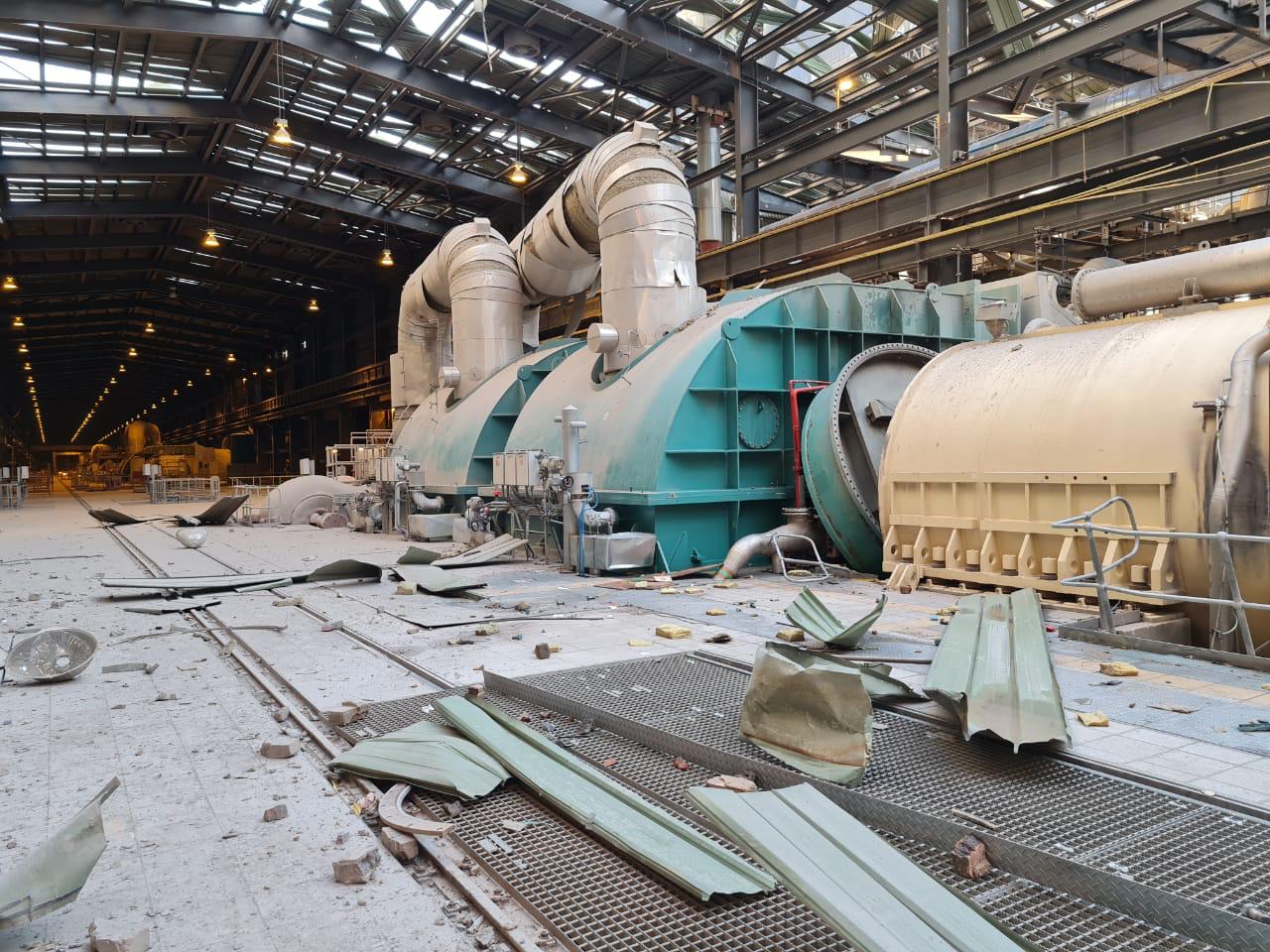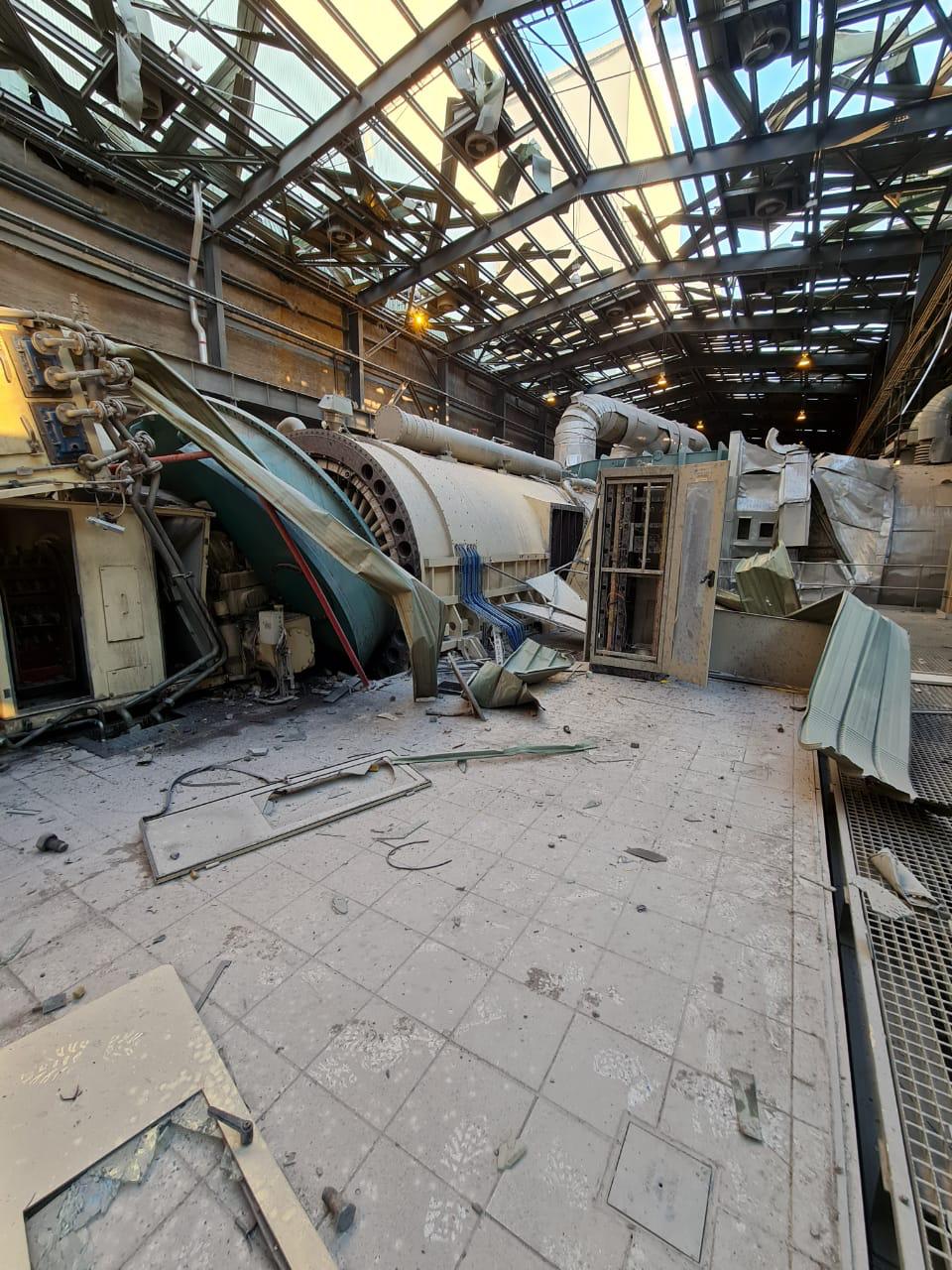According to insiders, the explosion was the result of a deviation from standard procedures, which resulted in the hydrogen explosion.

The Medupi coal-fired power plant. For NGOs groundWork and JustShare, Medupi’s ‘progress’ is no cause for celebration. File image: Bosveld Review
Preliminary investigation into Eskom’s explosion at its Medupi Power Station has disturbingly pointed to neglect in handling the highly combustible hydrogen gas used in cooling power generators.
The embattled power utility has suspended several senior officials responsible for overseeing and supervising proper handling of hydrogen, including the procedure of displacing hydrogen with carbon dioxide and air called purging.
Just before 23:00 on Sunday, Eskom’s R250-billion Medupi power plant near Lephalale in Limpopo was rocked by an explosion, destroying the plant’s Unit 4 generator.

The explosion, felt as far as 60Km away, erupted during the process of displacing hydrogen with carbon dioxide and air respectively to identify an external leak.

Independent energy expert Chris Yelland claims though an investigation was yet to establish the exact cause of the explosion, he was told by sources at the highest level of Eskom that deviation from strict safety protocols was to blame.
“…what I can tell you is what Eskom has told me, that that their preliminary investigation has indicated there is a possible deviation from the procedures that are prescribed,” he said.
Yelland said there were strict procedures for the handling of hydrogen as there are for any combustible gas, whether it be methane, LPG (Liquefied petroleum gas), petrol, or diesel.
He explained that the power generator uses hydrogen for cooling but that on its own, hydrogen was not combustible.
It is when its mixture of air, which contains oxygen, reaches a certain level that hydrogen becomes combustible, Yelland explained. This means small leaks won’t present much of a threat, but large volumes mixed with air become dangerous.
So, he said, if there is a little leak it is not a problem; it is not combustible but if you have a lot of air with the hydrogen, then it is combustible.
“Before you open a generator, you have to pump in carbon dioxide, which is a non-combustible gas, into the generator and you’ve got to displace the hydrogen, push up the hydrogen. Once you have pushed up the hydrogen into the generator, you’ve got to pump air into the generator to displace the carbon dioxide. Then you can open the generator,” he explained.
He said since this process of purging involved mixing air with hydrogen, it was a highly combustible situation and this is what happened.
“I was told from the highest level at Eskom that the initial investigation shows that they were pumping in air before the hydrogen had been purged out. Which means you are pumping in air, which has oxygen, into hydrogen and it takes a small spark to ignite,” Yelland said.
Andreas Roodt, Professor in the Department of Chemistry at the University of the Free State, said hydrogen was extremely flammable and could be ignited by the smallest spark, even potentially sparks from fabrics, electric tools, or even picks, shovels on concrete floors.
“I know from work in my laboratory, and in some Petrochemical plants, where poisonous or potentially explosive gases are liberated or generated, that strict protocols must be followed…” he said.
Roodt explained that carbon dioxide, a complete inert gas, could be used to replace hydrogen, by simply flushing the area ‘contaminated with hydrogen’ until all the hydrogen was replaced by carbon dioxide.





